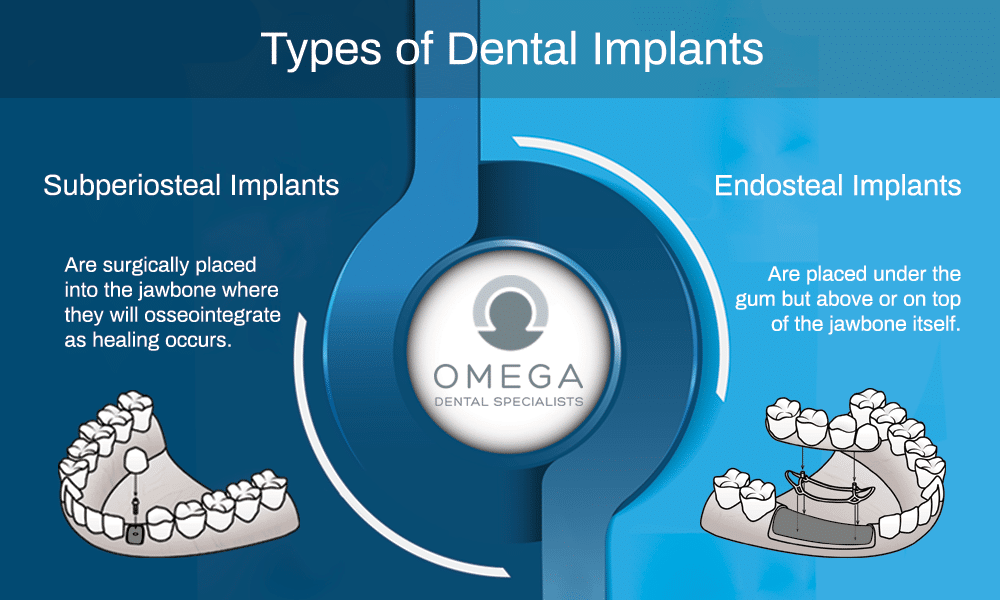Facts About Dental Sense Revealed
Facts About Dental Sense Revealed
Blog Article
Not known Facts About Dental Sense
Table of Contents10 Simple Techniques For Dental SenseThe 8-Second Trick For Dental SenseNot known Facts About Dental SenseThe 2-Minute Rule for Dental Sense
are medical gadgets surgically dental implanted into the jaw to bring back an individual's capacity to eat or their look. They provide assistance for synthetic (phony) teeth, such as crowns, bridges, or dentures. When a tooth is lost due to injury or disease, a person can experience problems such as quick bone loss, faulty speech, or changes to chewing patterns that result in discomfort.Oral dental implant systems contain a dental implant body and dental implant abutment and may likewise consist of a joint fixation screw. Dental implant vs bridge. The oral implant body is operatively inserted in the jawbone in area of the tooth's origin. The dental implant joint is generally affixed to the dental implant body by the abutment addiction screw and expands through periodontals right into the mouth to sustain the connected man-made teeth
(https://profile.hatena.ne.jp/dentalsense1/)Framework of The Oral Implant System picking dental implants, speak with your dental copyright about the prospective benefits and risks, and whether you are a candidate for the treatment. Things to think about: Your total wellness is a vital factor in figuring out whether you are a great prospect for oral implants, exactly how long it will take to heal, and for how long the dental implant may remain in place.
Cigarette smoking might influence the recovery process and lower the lasting success of the dental implant. The recovery process for the implant body may take several months or longer, during which time you generally have a momentary abutment in area of the tooth. the dental implant procedure: Thoroughly comply with the dental health instructions offered to you by your oral supplier.
Getting My Dental Sense To Work
Implant failure can lead to the demand for another surgery to take care of or change the implant system. Recovers the capacity to eat Brings back aesthetic look Assists keep the jawbone from diminishing due to bone loss Preserves the health and wellness of the bordering bone and gums Aids maintain surrounding (nearby) teeth secure Boosts high quality of life Damages to bordering natural teeth throughout dental implant positioning Injury to the surrounding tissues during surgery, such as sinus perforation Injury throughout surgery (for instance, fracture of bordering jawbone) Poor feature, such as seeming like the teeth do not attack together normally A sensation that the tooth is loosened or twisting in position arising from an abutment screw loosening Implant body failing (looseness of the implant body) because of systemic infection, which may be extra most likely in individuals with unchecked diabetes mellitus due to regional infection in bone and gums sustaining the implant body as a result of postponed healing, which may be most likely in clients who smoke Difficulty cleaning up the gum tissues around the implant, resulting in poor oral health Neglected periodontal illness Post-surgical numbness because of nerve impingement or damage Always alert healthcare suppliers and imaging technicians that you have dental implants before any kind of magnetic vibration imaging (MRI) or x-ray treatments.
FDA is not knowledgeable about any type of damaging events reported for MRI or x-ray treatments with oral implants. Dental implants systems are commonly made of materials that comply with worldwide consensus requirements of the International Organization for Standardization (ISO) or ASTM International. These standards have details of what makes a risk-free material.

An oral implant is a framework that changes a missing out on tooth. With screw-like tools, the doctor inserts a dental implant right into the jawbone, and it acts as a support for a synthetic tooth, called a crown.
Dental Sense Can Be Fun For Everyone
Some people are not eligible for oral implant surgery. It is for oral doctors to operate individuals with: intense illnessuncontrollable metabolic diseasebone or soft cells condition or infectionIf these issues are settled, an individual can have the surgical treatment. In, dental surgeons avoid operating individuals with: If individuals with any of the above go through oral implant surgical procedure, there is a higher danger of the implant failing.

Dental implant surgical treatment is a tailored process. It's not the same for everybody. The following offers a basic summary of what you can expect your dental practitioner, oral cosmetic surgeon, periodontist or prosthodontist to do: Position the implant operatively. Give you time to heal. Attach the post and final crown, bridge or denture.
Next, your doctor will very carefully place the dental implant into your jaw. Lastly, your doctor will certainly reposition your gum tissues and close the incision with stitches. If your implant is near the front of your mouth, your dental expert will make a momentary tooth for you to use up until you recover. That means, you won't have a gap in your here smile while you recover.
9 Simple Techniques For Dental Sense
During the recovery phase, your jawbone must fuse to the oral implant. This procedure can take anywhere from 3 to 9 months.
When your dental implant heals, your dental expert can attach the abutment (tiny adapter message) and your final remediation (crown, bridge or denture). This typically takes regarding one hour to finish and might call for a 2nd minor surgical treatment. You shouldn't feel any type of discomfort throughout your oral implant treatment since your copyright will utilize drug to numb your periodontals.
Report this page